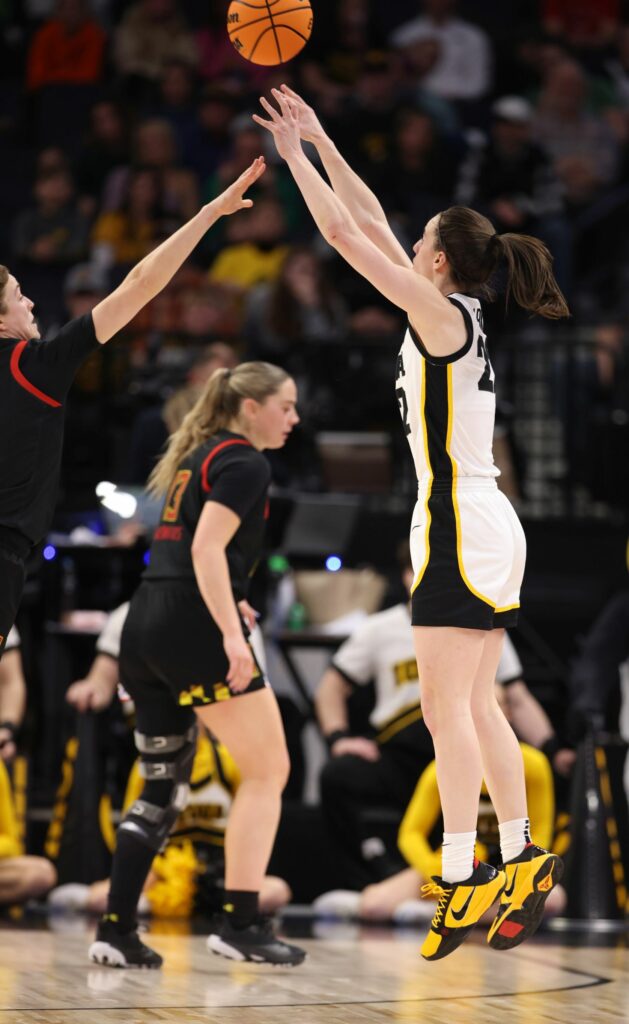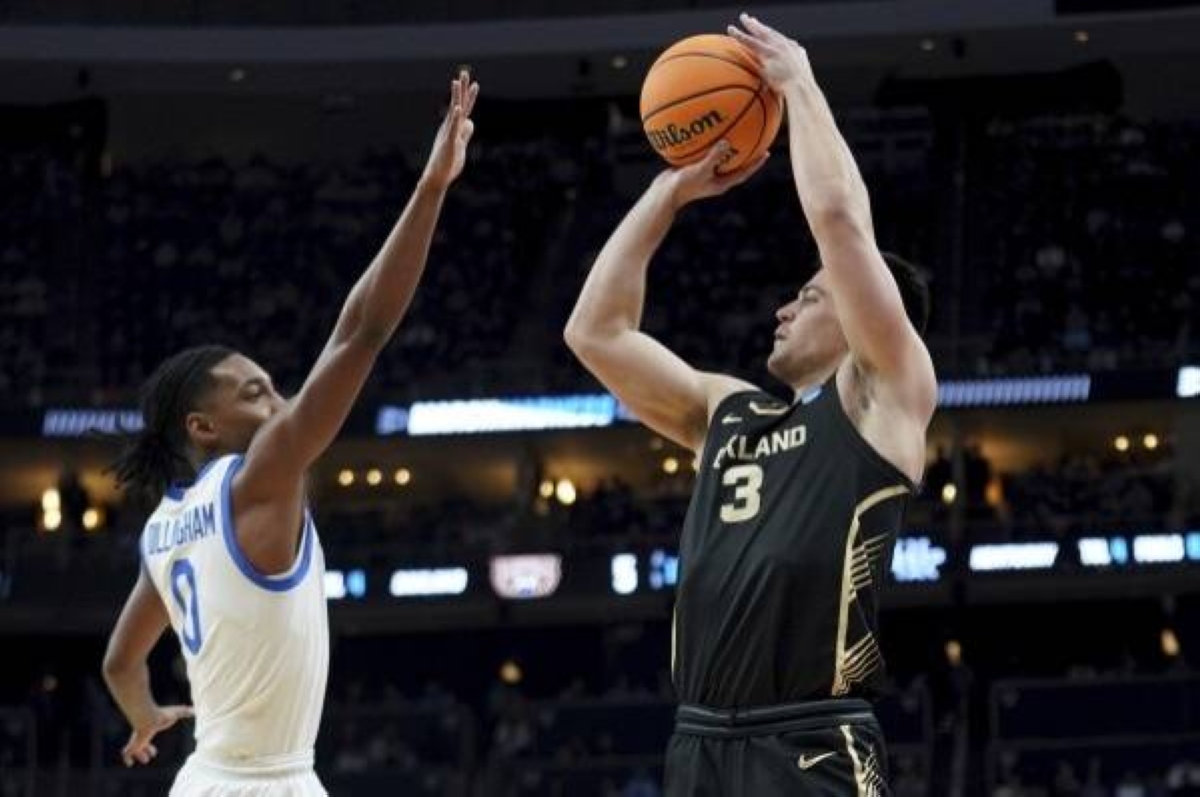Talk about a game-changer! The NCAA recently dropped a bombshell, revealing that one of the 3-point lines at the women’s basketball regionals in Portland was a whopping 9 inches shy of regulation. That’s right, the apex of the arc was off by nearly a ruler’s length, and it went unnoticed for five games!
The Moda Center, which hosted the games, saw its fair share of drama, but nothing quite like this. Stanford coach Tara VanDerveer didn’t mince words, calling the oversight ‘inexcusable and unfair.’ And who could argue? When teams step onto the court, especially during the high stakes of March Madness, they expect the basics to be spot on. The baskets should be 10 feet high, and the lines where they’re supposed to be.
This snafu came to light before Texas and North Carolina State faced off in their Elite Eight game. By then, four games had already been played with the mismatched lines. The coaches had a choice: delay the game or play on. They chose to play, and N.C. State triumphed over Texas to secure their Final Four spot.
The NCAA’s 3-point line is supposed to be 22 feet, 1 3/4 inches at the top of the arc, a distance that’s the same for both women and men. Lynn Holzman, NCAA vice president for women’s basketball, issued an apology, acknowledging the court didn’t meet expectations and that the error should’ve been caught sooner.
The tournament has been a record-breaker for TV viewership, thanks to stars like Iowa’s Caitlin Clark and UConn’s Paige Bueckers. But it’s also been marred by controversies, from officiating mishaps to off-court issues. This 3-point line blunder is just the latest in a series of challenges the NCAA has faced in ensuring equity between the men’s and women’s tournaments.

Statistics show that teams shooting from the short 3-point line in Portland were at a disadvantage, with a lower shooting percentage compared to those using the correct line. N.C. State’s coach Wes Moore shrugged it off, noting that players often shoot from well behind the line anyway. Still, it’s hard not to wonder about the ‘what ifs.’
Connor Sports, a company that also supplies floors for NBA and WNBA teams, has apologized and corrected the mistake. But the question remains: how did this happen, and what’s being done to prevent future fumbles? The NCAA promises to work with suppliers and vendors on quality control measures, but for the teams that played on that court, the short line will be a long memory.
The games went on, and the players adapted, a testament to their resilience and focus. But let’s hope that moving forward, the only lines that are drawn are the right ones, and the only shots that fall short are the ones that miss the hoop, not the mark.




